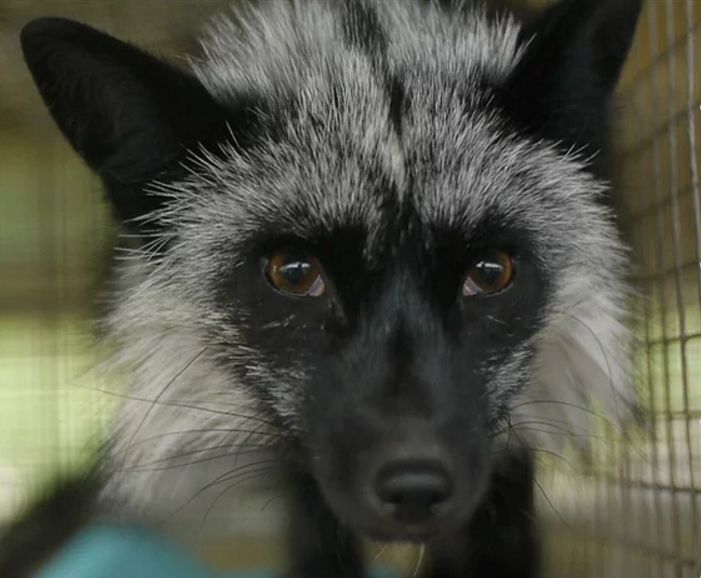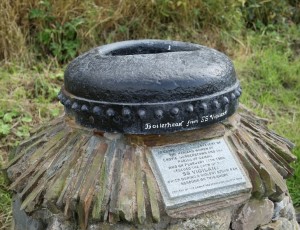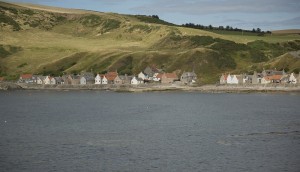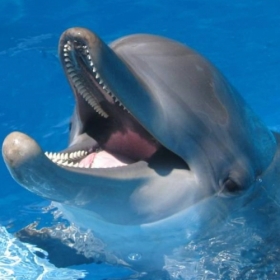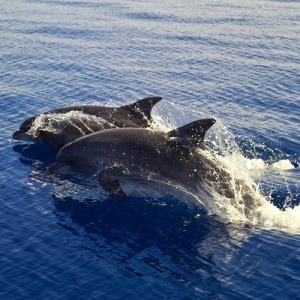With thanks to Eoin Smith, Senior Account Executive, Tricker PR.

VisitAberdeenshire’s business development manager Jenni Fraser.
Over 6,000 Norwegian holidaymakers will have the chance to learn all about the north east of Scotland when VisitAberdeenshire heads to the Stavanger Travel Day this weekend. The tourism body will exhibit at the top travel event held in the Clarion Hotel Stavanger on February 4.
VisitAberdeenshire’s business development manager Jenni Fraser and tourism executive Raeanne Farquhar will attend the event, which will allow them to speak directly with Norwegian travellers to reveal everything Aberdeen and Aberdeenshire have to offer.
With multiple airlines operating direct flights between Stavanger and Aberdeen, including SAS and Wideroe, there has never been a better time for Norwegians to visit the north east of Scotland.
Exhibition attendees will even have the opportunity to win a weekend in the Granite City with flights provided by Wideroe. The lucky winners will stay at the Macdonald Norwood Hall Hotel, and will receive tickets to any Aberdeen Festival which coincides with their visit.
Jenni says,
“Norway has long been an important market for tourism in the north east of Scotland, and at just over an hour’s flight time it’s easy to see why. The region is appealing for Norwegians looking for a weekend city break or to explore some fantastic countryside.
“Historic castles and traditional whisky distilleries remain a big draw for Norwegian tourists. From Slain’s Castle in Cruden Bay, which inspired Bram Stoker’s Dracula, to the regal Royal Lochnagar Distillery, nestled in the hills beneath Balmoral Castle, the north east of Scotland certainly isn’t a disappointment.
“But whisky and castles aren’t the only reason that Norwegian travellers make the journey to visit Aberdeen and Aberdeenshire. The fact that there are over 50 golf courses, including impressive links courses along the Aberdeenshire Coast, is a real attraction – the Norwegian Golf Federation, the country’s fourth largest sporting organisation, boasts over 103,000 members.
“World-class outdoor activities in Royal Deeside and wider Aberdeenshire, and a growing reputation for fine food and drink, mean that more and more holidaymakers are considering the north east as a holiday destination. And our cultural offering – including festivals like True North and the Aberdeen International Youth Festival – also provides a unique programme of entertainment that can’t be found anywhere else in the world.
“We look forward to meeting the Norwegian public in Stavanger, and showing them all that Aberdeen and Aberdeenshire have to offer.”
For more information about Aberdeen and Aberdeenshire, visit www.visitabdn.com
- Comments enabled – see comments box below. Note, all comments will be moderated.
 Tourism body VisitAberdeenshire will journey to Scandinavia this week on a mission to capitalise on the booming number of Norwegians going on overseas holidays.
Tourism body VisitAberdeenshire will journey to Scandinavia this week on a mission to capitalise on the booming number of Norwegians going on overseas holidays.